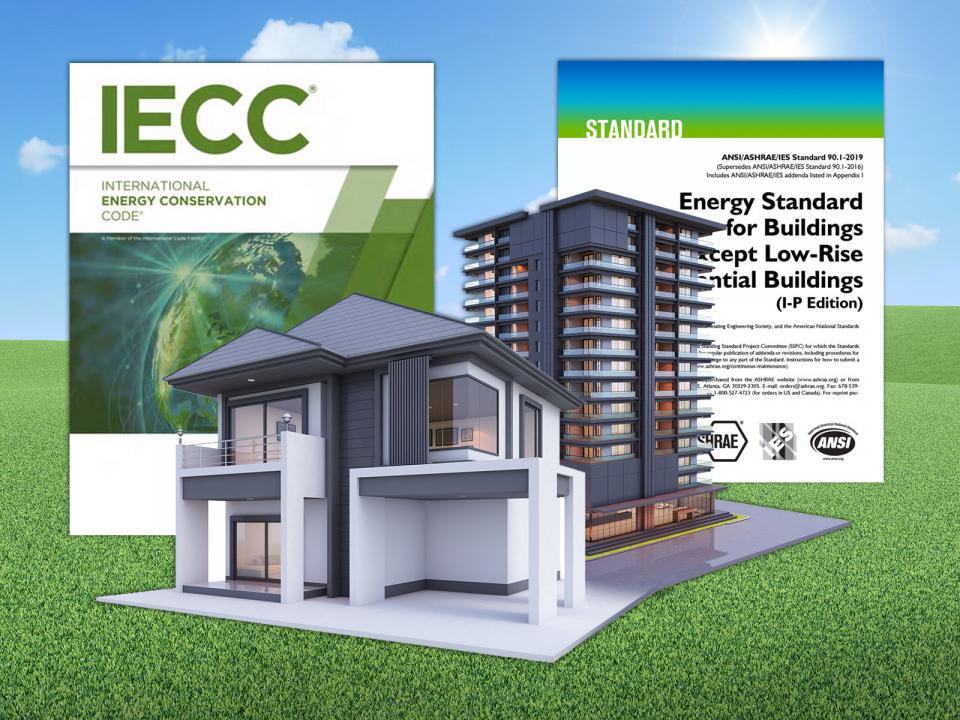Energy codes pilot concentrate on takes off in New York
The Pacific Northwest National Laboratory (PNNL) is loaning its aptitude to assist New York City with making critical additions in building effectiveness and decarbonization.
The pilot study, a coordinated effort among PNNL and the Department of Buildings of New York City (NYC), started last year and was as of late stretched out briefly stage. Its motivation is to clear the way for more energy-productive city structures by scrutinizing new ways to deal with energy guidelines utilizing PNNL-created apparatuses to make consistence simpler.
Structures utilize 75% of the nation's power and 40% of its general energy, coming about in 35% of the country's fossil fuel byproducts. Structures, as a main impetus in the public energy scene, can save critical measures of energy. State run administrations, colleges, and organizations are endeavoring to track down ways of meeting aggressive energy objectives.
Structures in New York City represent generally 70% of the city's ozone depleting substance emanations. Energy codes that outcome in more energy-proficient structures will be basic to the city's level headed of becoming carbon-nonpartisan by 2050. As a matter of fact, in 2018, Local Law 32 was established, requiring a presentation based code in the 2025 New York City Energy Conservation Code and further developed energy-effectiveness prerequisites for new structures. The pilot study, which was upheld by the Department of Energy (DOE), is a stage toward accomplishing that objective.
Energy codes are a subset of building regulations, which lay out least prerequisites and administer building development. Energy codes incorporate prerequisites for the energy execution of a structure, including its frameworks and related parts. Credit: Composite picture by Cortland Johnson | Pacific Northwest National Laboratory
A presentation put together code decides consistence based with respect to projected energy execution of an entire structure or its frameworks. These projections depend on energy demonstrating and reproduction apparatuses to represent communications among frameworks and parts. On the other hand, a prescriptive methodology, which has been the norm in building energy codes to this point, considers a structure consistent provided that a bunch of prerequisites for individual parts is finished, similar to an agenda.
"This pilot is one of a kind in light of the fact that for the absolute first time, we are trying the evacuation of the prescriptive methodology that has forever been utilized in energy codes," said PNNL mechanical specialist and lead instrument engineer, Supriya Goel. "With the prescriptive methodology, there is no additional recognition for accomplishing more, and on the off chance that one thing isn't done precisely, the entire structure is considered non-code consistent.
"For instance, prescriptive codes ordinarily limit how much light and sunlight based gain permitted in by windows to decrease cooling energy. In any case, all around arranged plans that exploit uninvolved warming, or those that consequently decrease the electric light expected during the day, may profit from expanded sunlight based gain. Execution based codes can perceive these advantages, while prescriptive codes can't."
Testing another methodology for energy codes
For the pilot, PNNL fostered a 100% execution based energy code.
Inside this presentation based code, there are two distinct ways of showing consistence. One way is to evaluate entire structure execution, which reflects the ongoing public energy code standard for business structures however mirrors NYC's own arrangement objectives and energy code prerequisites.
A subsequent choice assesses energy execution at the structure frameworks level, like HVAC, lighting, and envelope. A structure's envelope framework incorporates things that different its inside and outside, similar to the establishment, dividers, rooftop, windows, and entryways.
Framework based execution approaches are intended to address one of the fundamental reactions of entire structure execution approaches where a superior framework with a more limited life expectancy, like a HVAC framework, could compensate for a less productive framework with longer-term impacts, like the structure envelope. By empowering tradeoffs inside a framework, that worry is alleviated.
"A presentation based code offers greater adaptability by they way we can assess a structure's energy effectiveness," said Goel. "A more productive structure results from it is consistent all alone to ensure each building framework."
For the review, consistence of each building framework is being estimated utilizing energy demonstrating or different apparatuses created by PNNL. Each instrument is being utilized to evaluate consistence of an alternate structure framework in select new structures.
COMcheck, a product instrument worked by PNNL to help with recording energy code consistence, is being utilized to evaluate building envelope frameworks. Lighting frameworks are being assessed utilizing PNNL's Lighting System Performance Spreadsheet. What's more, HVAC frameworks are being estimated utilizing the HVAC System Performance instrument.
As of not long ago, checking consistence with NYC's presentation based energy codes has involved breaking down entire structure execution utilizing complex energy demonstrating and reproduction programming that is costly and tedious to utilize. An objective of the ongoing review is to track down a more straightforward method for meeting the imprint while investigating ways of ensuring each building framework is utilizing energy productively.



.jpg)







0 Comments
Write a comment if you liked the topic